Biography
Gustav Gurschner (Mühldorf / Inn 1873 - 1970 Vienna). From 1885 Gurschner attended the technical school for wood and stone processing in Bolzano. In 1888 he went to the Kunstgewerbeschule in Vienna. After his military service with the Kaiserjäger in Innsbruck (1895/96), he moved to Munich, where he studied large-scale sculpture.
In 1897 he married the writer Alice Pollak (Vienna 1869 - 1944 Vienna), who published her works under the male pseudonym Paul Althof*.
In the same year he traveled to Paris, where he became enthusiastic about the then burgeoning Art Nouveau. He found inspiration through his friendship with artists such as Alexandre Charpentier and designed his first everyday objects and small sculptures in a style that never lost the French influence. Back in Vienna he participated in exhibitions of the Vienna Secession.
The Austrian writer Hermann Bahr wrote in his “Critical Writings”, Vol. VI, Secession, 1898 somewhat disrespectfully about Gurschner: “Gustav Gurschner is a young Viennese who has now lived in Paris for a while. There he copied from Vallgreen, Carabin and Baffier. He was touched by the great desire of the French to make the things of our daily life artistic, and he learned that even the inconspicuous can have a faint reflection of eternal beauty. Now we see him merrily busy with lamps, bowls and brooches. One sometimes notices that he has not learned it from himself, but learned it later, but he knows how to switch to the freest and most cheerful. It is a good thing that he has now come back to Vienna: we can use him here, he can help us, he will have an effect. In Paris he might have become a mere copyist, but here he may try to express our old way with that skill” (Pias (ed.), Hermann Bahr, Kritische Schriften VI, Secession, Weimar 2007, p. 73.)
This alleged "copying" led to some of the most beautiful designs of Austrian Art Nouveau.
We regularly sell objects by Gustav Gurschner in our auctions. If you would like to sell your objects, our experts are at your disposal.
Objects by Gustav Gurschner
-
Sold
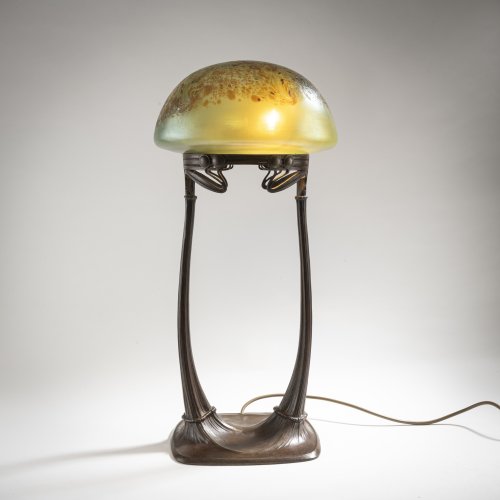
Gustav Gurschner Wilhelm Kralik Sohn, Eleonorenhain
'Helioglas' table light, 1902
Hammer Price: 5,000 €
-
Sold
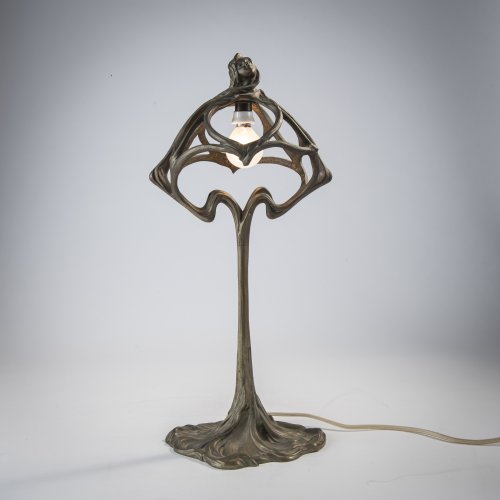
-
Sold
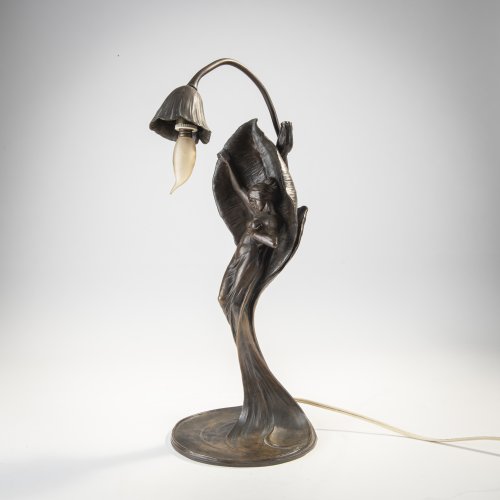
-
Sold
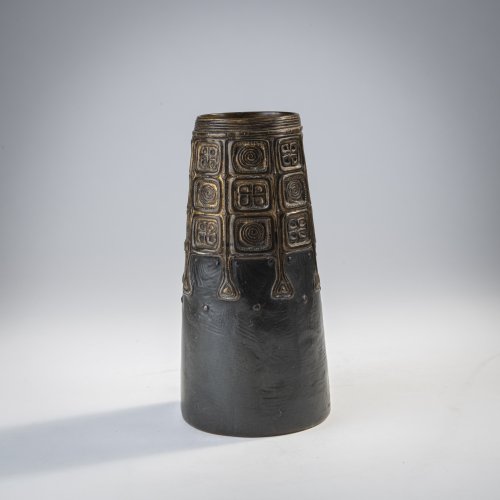
-
Sold
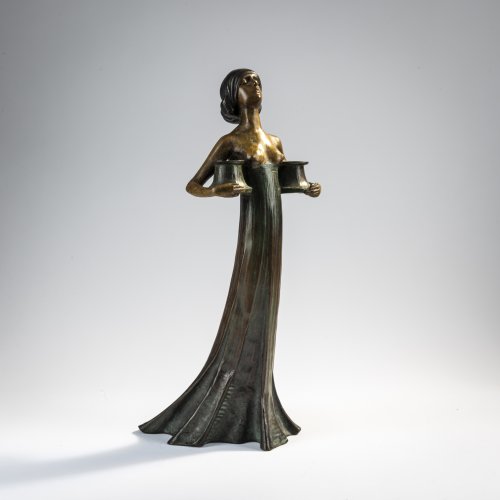
-
Sold
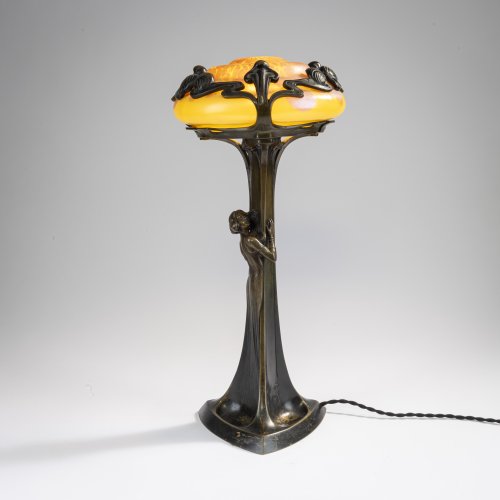
Gustav Gurschner Lötz Wwe., Klostermühle; Gurschner, Gustav
Figurative table light, c. 1900
Hammer Price: 4,500 €
-
Sold
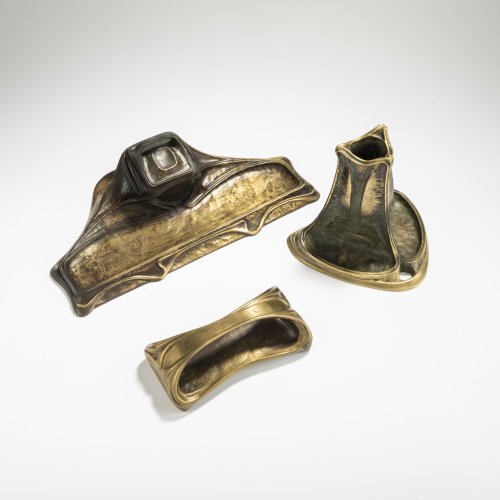
-
Sold
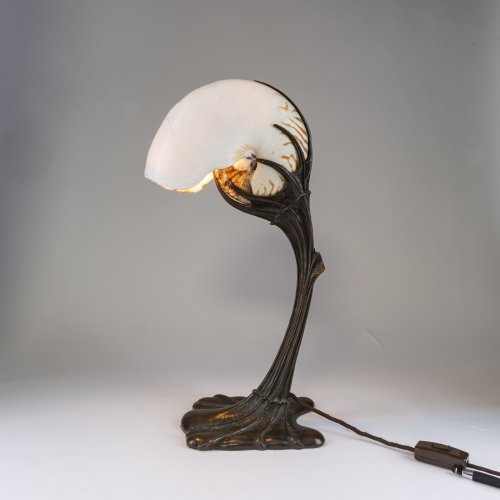
Gustav Gurschner Krupp, Arthur, Kunst-Erzgiesserei, Wien
Nautilus table light, c. 1900
Hammer Price: 6,000 €
-
Sold
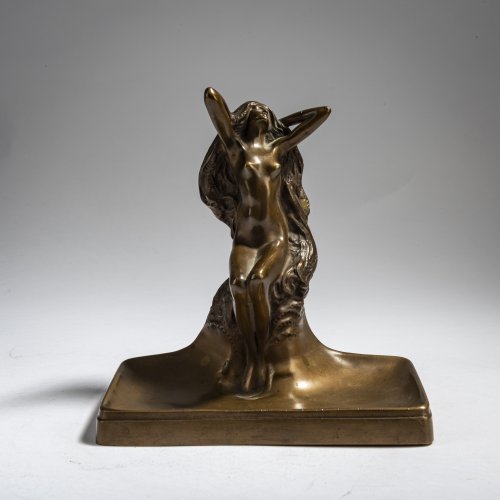
Gustav Gurschner Wiener Kunst-Erzgiesserei, Wien
Bowl with a nude woman, c. 1900
Hammer Price: 1,400 €
-
Sold
